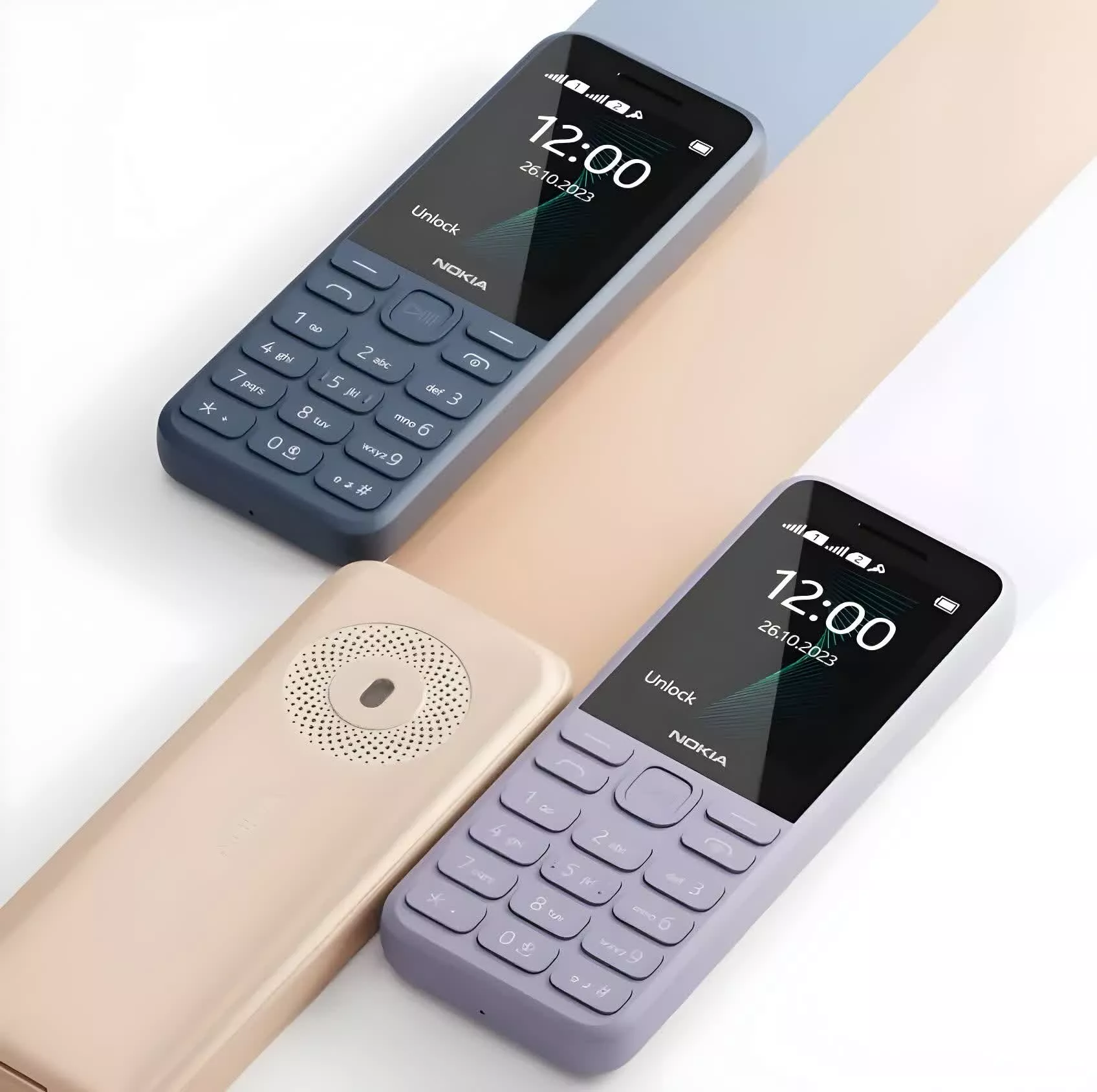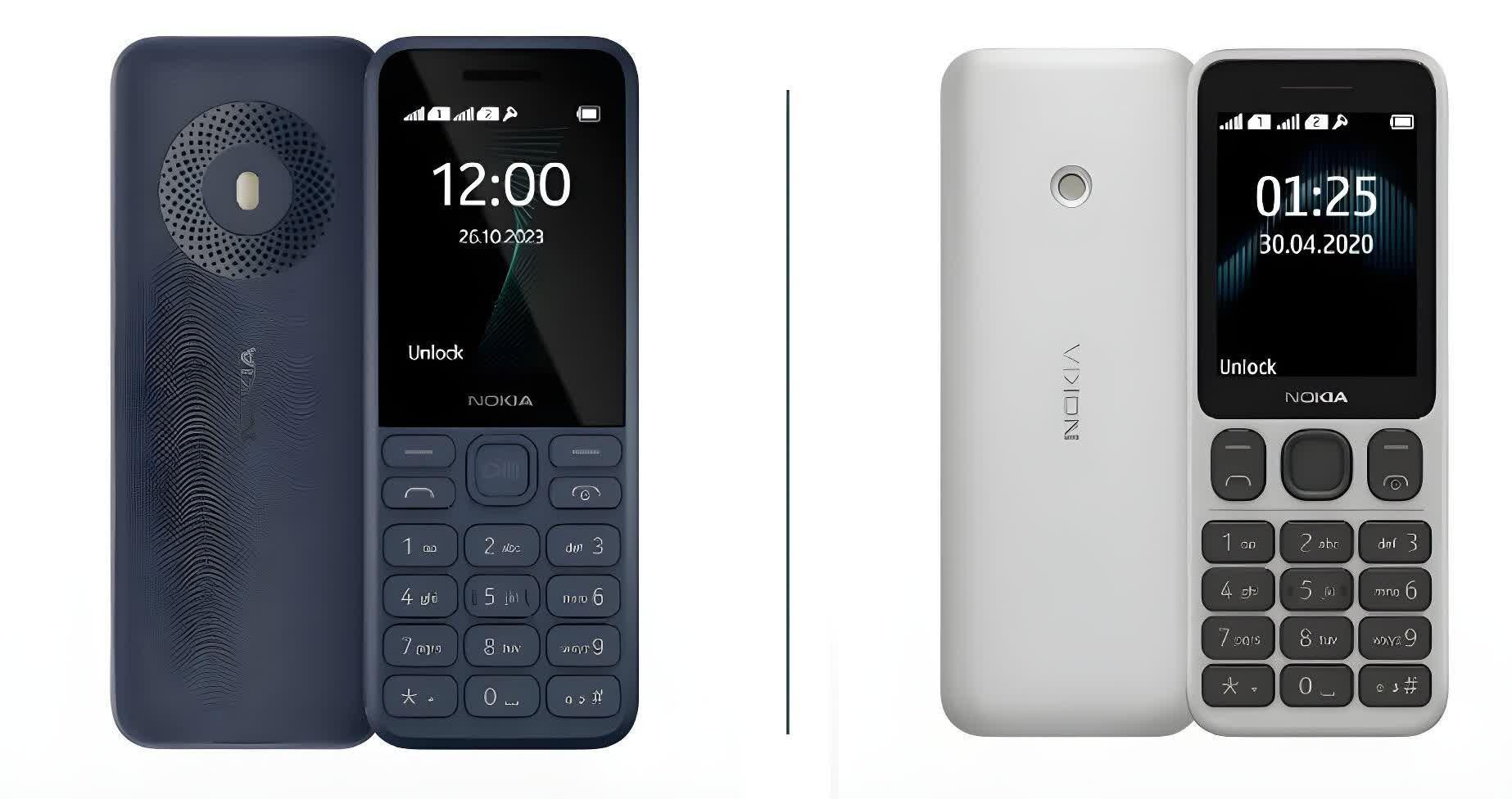What just happened? With all the prosperity, the dawn of new technology, and virtually no threat of global nuclear annihilation, the nineties really was the best decade. It was also a time when Nokia gained fame for releasing phones that could double as lethal weapons or body armor. Now, almost 30 years later, the company has released two new feature phones that will ignite 90s nostalgia.
HMD Global, the licensee of the Nokia brand, has been manufacturing and releasing phones carrying the iconic name since 2016. The latest of these, the Nokia 130 and Nokia 150, are two new feature (or dumb) phones that add to the company's lineup of similar devices.
Somewhat confusingly, this will be the third refresh of the Nokia 150, following the original model that was announced in 2106 and a successor from 2020.
The latest Nokia 150 features a more modern design along with a comparatively tiny 2.4-inch QVGA display, a 0.3MP VGA main camera, an onboard mic and a speaker, and a 1,450 mAh removable battery that is said to offer up to 20 hours of talk time or up to 30 days of standby time.
There's also an FM radio, MP3 player, audio jack, and a microSD slot that supports up to 32GB of additional memory. This is a feature phone that will probably cost around $50, so it's only 2G, uses a micro USB port, and comes with Nokia's own S30+ operating system instead of Android. Elsewhere, the IP52 rating means it's mostly safe against dust ingress but not water, and both handsets come with physical buttons and Snake, naturally.
Nokia is also releasing the third version of the Nokia 130, following on from the original 2014 model and 2017 successor. The main change here is the addition of a large speaker on the back that the maker says will offer "loud audio." The specs are the same as the Nokia 150, with the main difference being the lack of any kind of camera. It could mean that the 130 is even cheaper, though that big speaker might be Nokia's justification for charging the same amount.
A report from April showed that while feature phones weren't selling the way they used to in many nations, one county that has seen their popularity grow is the US. This is mostly thanks to a wave of Gen Z users - those born between 1997 and 2012 - looking to limit their screen time to protect their mental health from social media apps.

